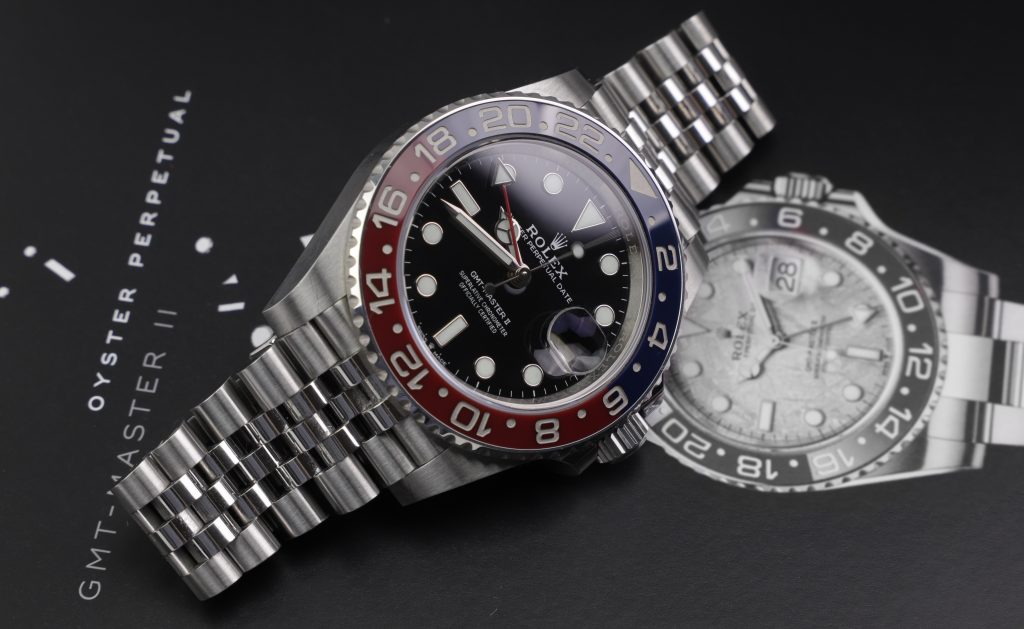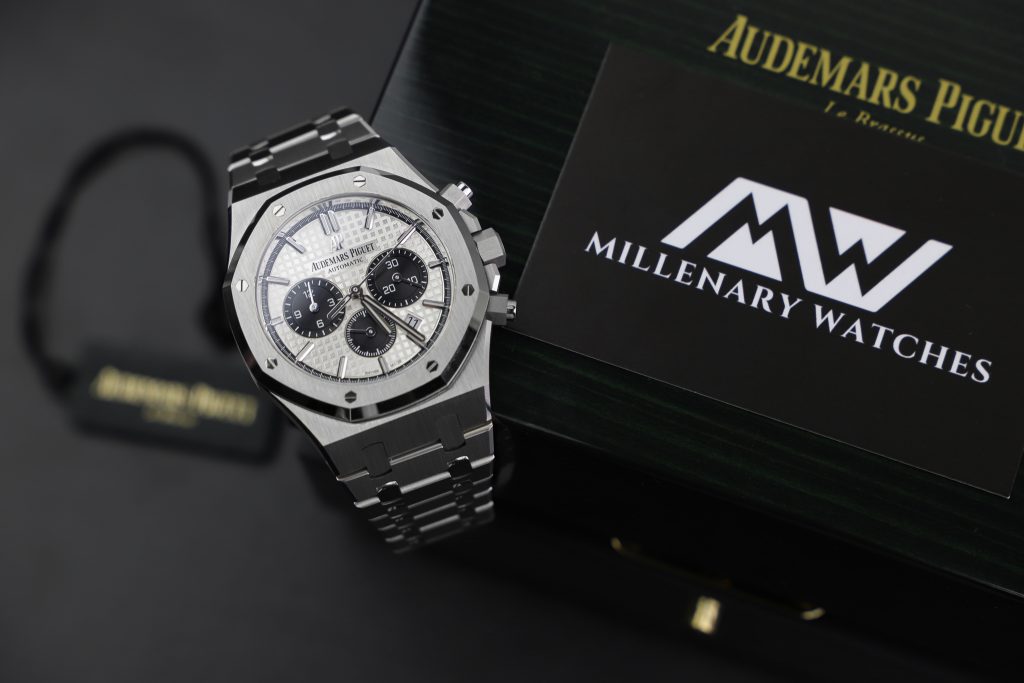
What Is A Watch Complication?
When talking about watches, models which are in a special material, movements, or perhaps complications, are often something that can catch your attention. In this article, we’ll cover what a watch complication really is, and why it might interest you.
Watches tend to be categorized in three different categories when it comes to movements:
1. Quartz
A quartz movement is a movement that is powered by a battery. These types of movement, generally, tends to be used in watches which often are at a lower price range. There are of course exceptions, just like with everything, and quartz movements can be seen in watches manufactured by luxury watch brands such as Rolex, Patek Philippe, Vacheron Constantin, or Grand Seiko.
2. Manual Wound
Another type of movement is the manual wound movement. These movements are mechanical and do not require a battery to function. Instead, you manually wind your watch every 40-hours or so, to keep it going.
3. Automatic
An automatic movement is perhaps the most “standard” form of movement when it comes to mechanical watches. The automatic movement does not require you to wind your watch but does instead wind up itself when wearing the watch, thanks to the rotor which is equipped with the movement. By wearing the watch, the rotor rotates, and winds up the movement consistently, hence the name automatic movement.
What is common for all three different movement types, is not only that they power a watch, but also that they all can have one or several complications.
What Is A Complication?
A complication is often described as a feature, which your watch has, which is something else than just telling the time. The main reason why wearing a watch is of course to tell the time. A movement or watch which has complications could be a movement that offers the wearer the possibility to tell something else and not just time, such as a chronograph, GMT, regatta, moon phase, power reserve indicator, or annual calendar.
What Is The Purpose Of A Complication?
The purpose of a complication is to tell the wearer something more than just the time. A watch that has a power reserve indicator serves the purpose to indicate how many hours or days the watch has enough energy reserved to keep the watch functioning. By having a power reserve indicator, you could then more easily tell whether or not the watch is required to be wound up before it stops ticking or not.
A watch that has a fourth GMT-hand modified to the movement, such as the Rolex GMT Master II reference 126710BLRO, serves the purpose of simultaneously telling the time in two different time zones.
Are All Functions Of The Watch A Complication?
This really depends on who you are asking. The basics of a watch are to tell the time, meaning hours, minutes, and in some cases seconds. Because of this, many resonate that a watch that has a date function does in fact have a complication, although the date function to many is taken for granted on a watch. But if you think more closely about it, the date function serves another purpose than displaying time and is therefore by many seen as a complication, although it might not be a complicated complication, such as an annual calendar watch.
How Many Complications Can A Watch Maximum Have?
There are no limits on how many complications a watch can have. However, one thing to keep in mind is that the more complication a watch has, the more complicated the movement is. It is, therefore, more common to see a watch with few complications, such as the date function and chronograph, rather than a watch that has six, seven, or even ten complications.
Will A Complication Affect The Performance Of My Watch?
A complication, as mentioned, is something that is added to the watch other than telling time. Because of this, especially if you have a mechanical watch that is either hand-wound or automatic, a complication will take energy from the power reserve to function. This results that a watch that has complications naturally often having less power reserve than if it wouldn’t have complications.
However, many luxurious watches by today’s standards are regulated to keep time within specific frames, and very seldom the time-keeping performance of a watch is affected by complications.






